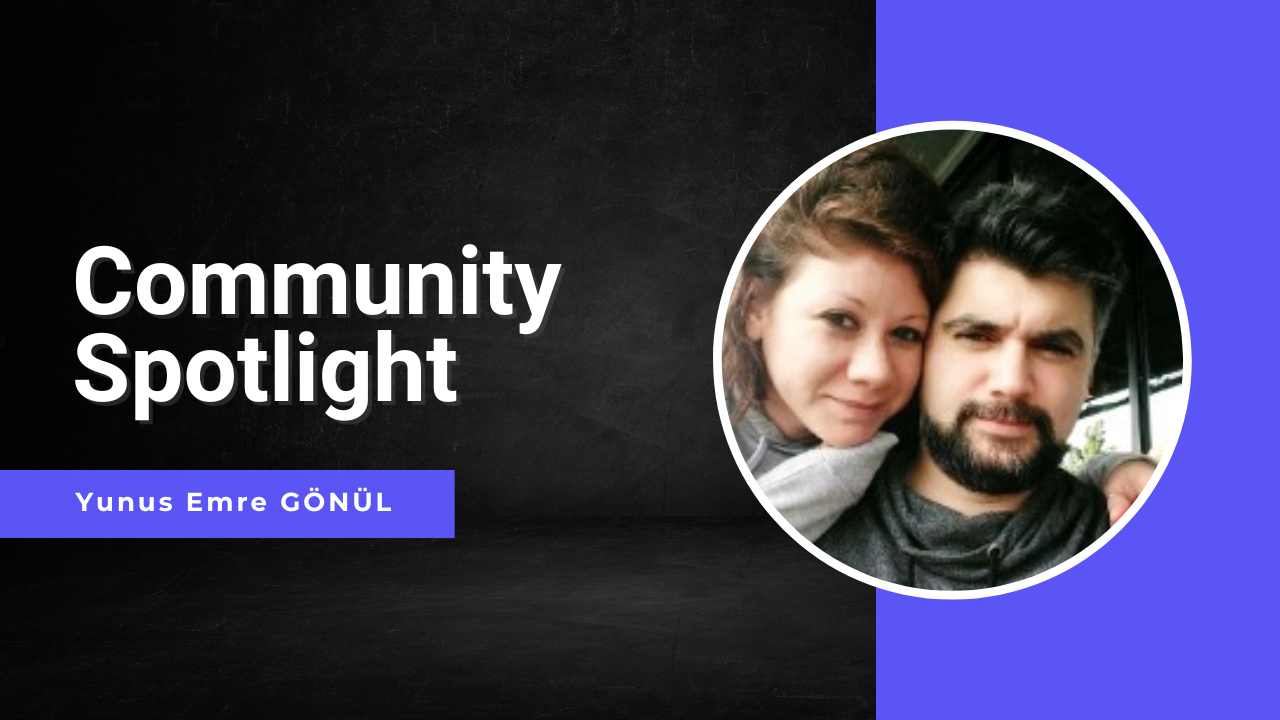Meet Yunus, born in Ankara, whose lifelong passion for gaming began with the Sega Master System at age 5.
In this spotlight, Yunus shares his journey, insights into game design, and a deep love for Machinations. His featured diagrams, which have graced our community pages, showcase the versatility of Machinations in simulating complex game mechanics.
To start, can you introduce yourself and share a bit about your background.
My passion has been gaming since 1990, but in 2019, upon reflection, I realized I was merely consuming content without creating anything. This realization led me to shift from consumption to creation, and I found the gaming industry to be the best fit for expressing my creativity.
Initially, I ventured into game development by creating my own games, but I soon realized that it’s extremely challenging to succeed alone in this industry. Consequently, I transitioned to a career as a game designer, where I believe my skills excel better within a team.
Related to your featured diagram, can you briefly describe it? What was the goal behind it?
My intention in creating the diagram was to demonstrate that Machinations can indeed simulate any game. Additionally, I aimed to prove something to myself and, of course, to showcase my love for cats! As seen in the diagram, I attempted to simulate the game “Simon’s Cat – Pop Time.”
In this game, players feed cats by popping balloons of different colors (i.e., matching them with corresponding cookies). As the levels progress, the difficulty increases with the introduction of un-poppable stones. This simulation can be further developed. Initially, you input the possible number of balls to launch easily, then specify how many balls you intend to pop in each level, and determine which power-ups (cats) will be available in each level. For instance, if you want Chloe to appear in a level, you adjust her pool value accordingly.
As the levels advance, using Chloe requires popping more balls. For example, if you increase Chloe’s value from 1 to 2, you’ll need to pop more pink balls to feed her. I incorporated a random probability between 3 to 7 for each ball that Chloe can pop when her power is activated, and similarly, assigned different random values for other power-ups. I determined these values after playing the game for just an hour, which is a very short time.
Anyway, the game can end in two ways: either when all balls in the level are popped, and we check if all colors’ pools are at 0 throughout the level, or when we run out of balls to launch, resulting in a game over.
Some levels feature obstacles like rocks, the difficulty of which you can also adjust. Rocks decrease the probability of balls popping and increase the chances of balls not matching. Now, imagine this diagram isn’t very useful for early levels because we don’t want those levels to be too challenging. What truly matters are the number of balls to launch in later levels, the strengths of obstacles, and the powers of our cats. Being able to see how 100 people simultaneously play and the frequency of game overs versus congratulations is truly remarkable.
We can also observe the balls popped by Kititen in a multi-simulation. If you think too many balls are being popped, you can immediately reduce its power and rerun the simulation for 100 players and compare the values.
What specific features of Machinations did you find most useful during the design process?
During the design process, I particularly enjoy using Registers. I think this stems from my background as a game developer. Writing the code for a mechanic and experiencing the satisfaction when it works smoothly is a feeling I can also relate to when using Machinations. It’s incredibly fulfilling.
Is there anything else you would like to share/promote with our community?
All the diagrams I’ve created were aimed at refining and beautifying the economy of our game “The Arena Pit” because our game heavily relies on balance and economy. I’d love to share its diagram with you in the future
Connect with Yunus and discover more on his community profile and LinkedIn.


